How to find the best TV viewing angle for your space
Struggling to achieve the perfect TV-to-sofa arrangement? We explore how to find the ideal viewing angles for your space
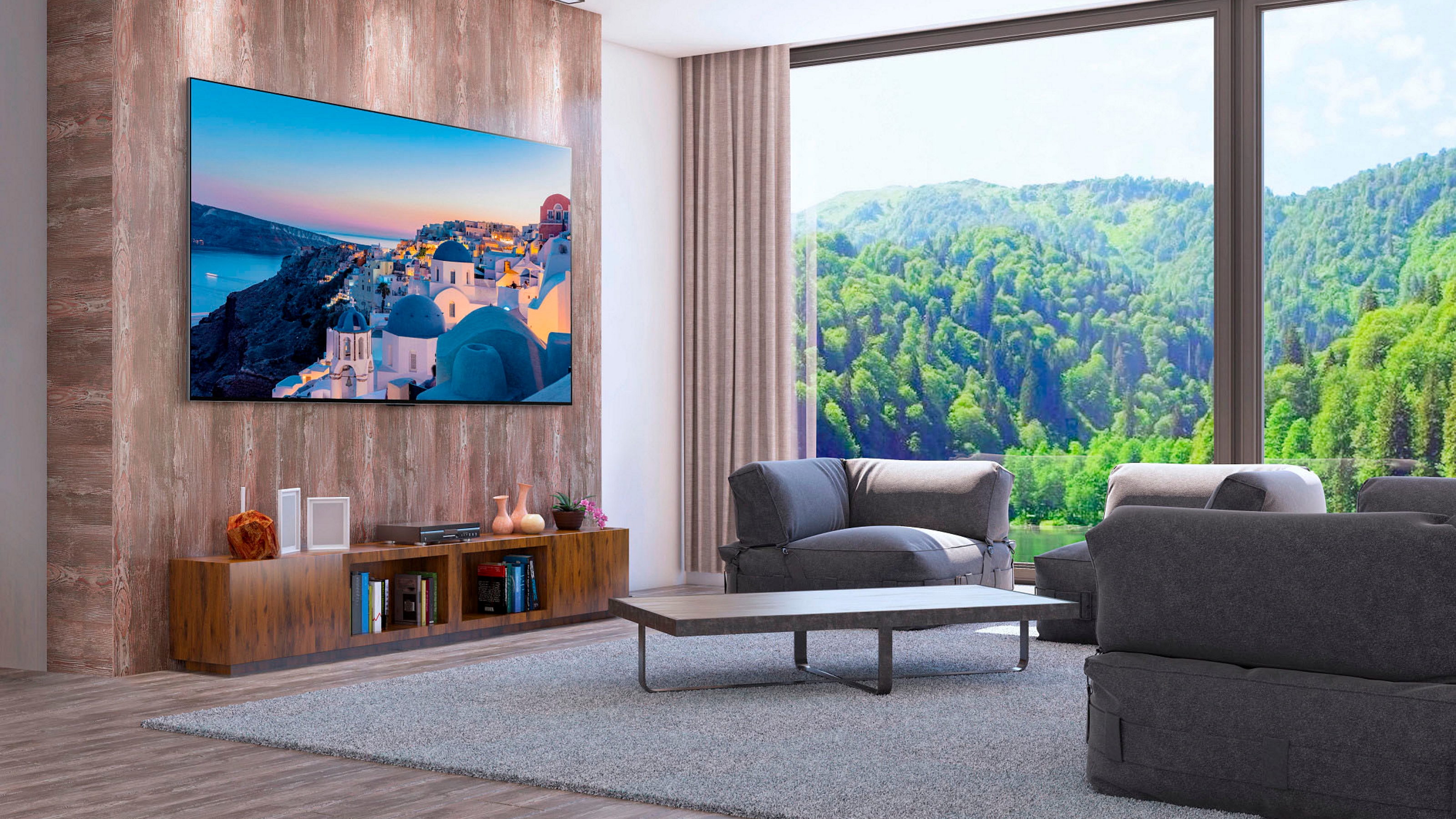
Want to rearrange your living space? Or are you perplexed by where to put that new TV that's much larger than your previous one? We all know that one of the most important things to consider when arranging your living space is how pieces relate to each other in the room, and technology is bound to be part of this calculation in any modern home.
So where should you put your sofa in relation to the TV? It's a question as old as home entertainment itself, but with new technology being released all of the time and screen sizes getting larger and larger, the answer is anything but simple.
The best viewing angle for any TV is going to be straight on, but this may be impossible for anyone other than solo dwellers with a single chair in the room. For everyone else, there will need to be some compromises made, and we outline some of the most important things to consider below.
Head over to our guide if you want to know more about the best TV brands on offer right now, and check out our expert living room TV ideas for more inspiration.
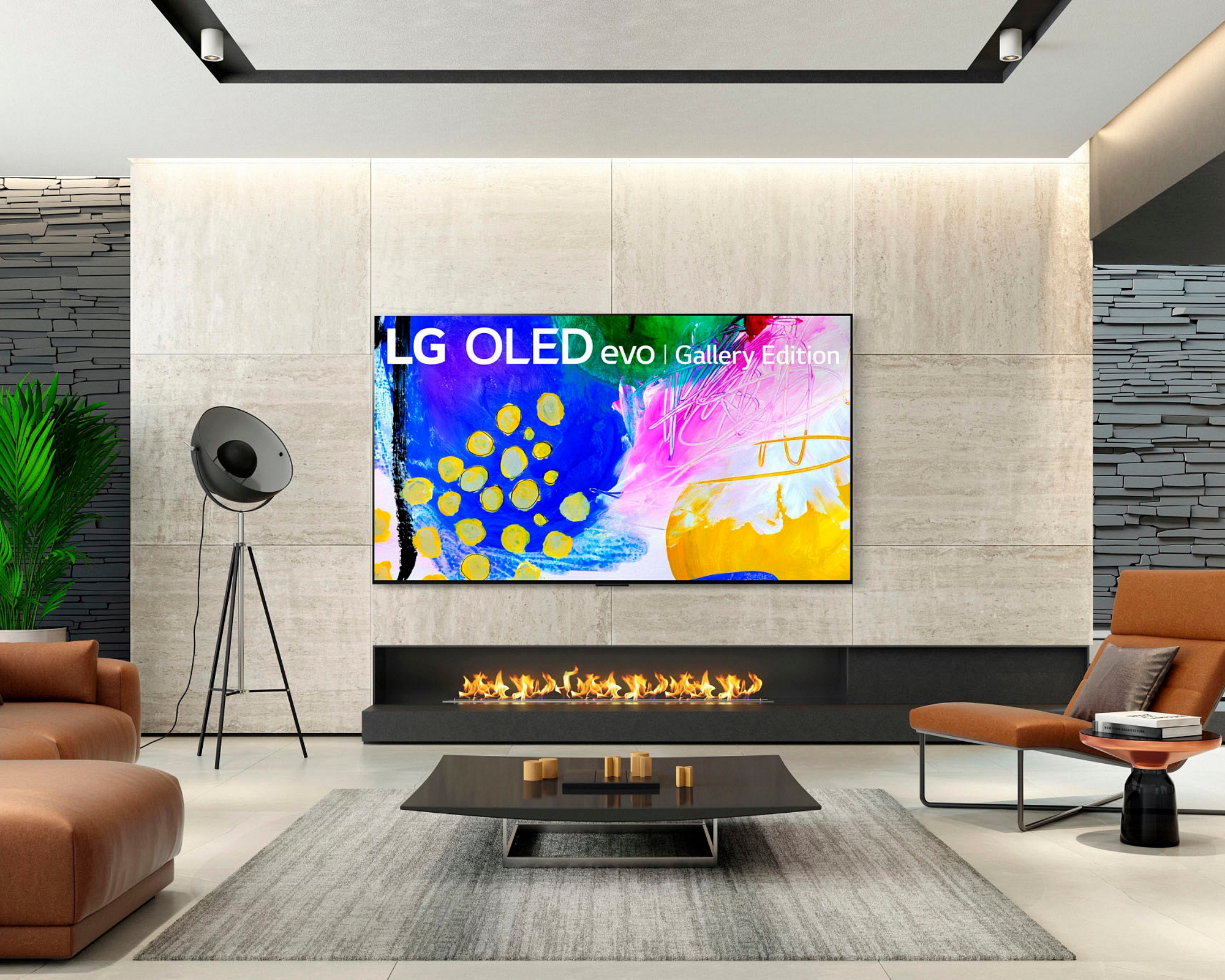
Why do viewing angles matter?
If you've found yourself reading this article, then it's likely you already know that a bad TV-to-furniture configuration can mean the difference between enjoying a movie at home and straining to see anything from the corner of the room. If not, then you may be wondering why people are so obsessed with viewing angles in the first place.
These angles are measured in 'cones,' and the viewer should be sitting within this cone to get the best experience. Anything outside of this will result in a distorted picture, reduced contrast, and greater eye strain for the viewer. Generally speaking, because of the lack of a backlight, OLED screens have the best viewing angles with virtually no distortion wherever you choose to sit, but standard LED and QLED screens need a little more consideration.
According to TCL's advice, the sweet spot for most TVs is 40 degrees to the left or right, so we would advise you to stick within this range when choosing where to place your seating.
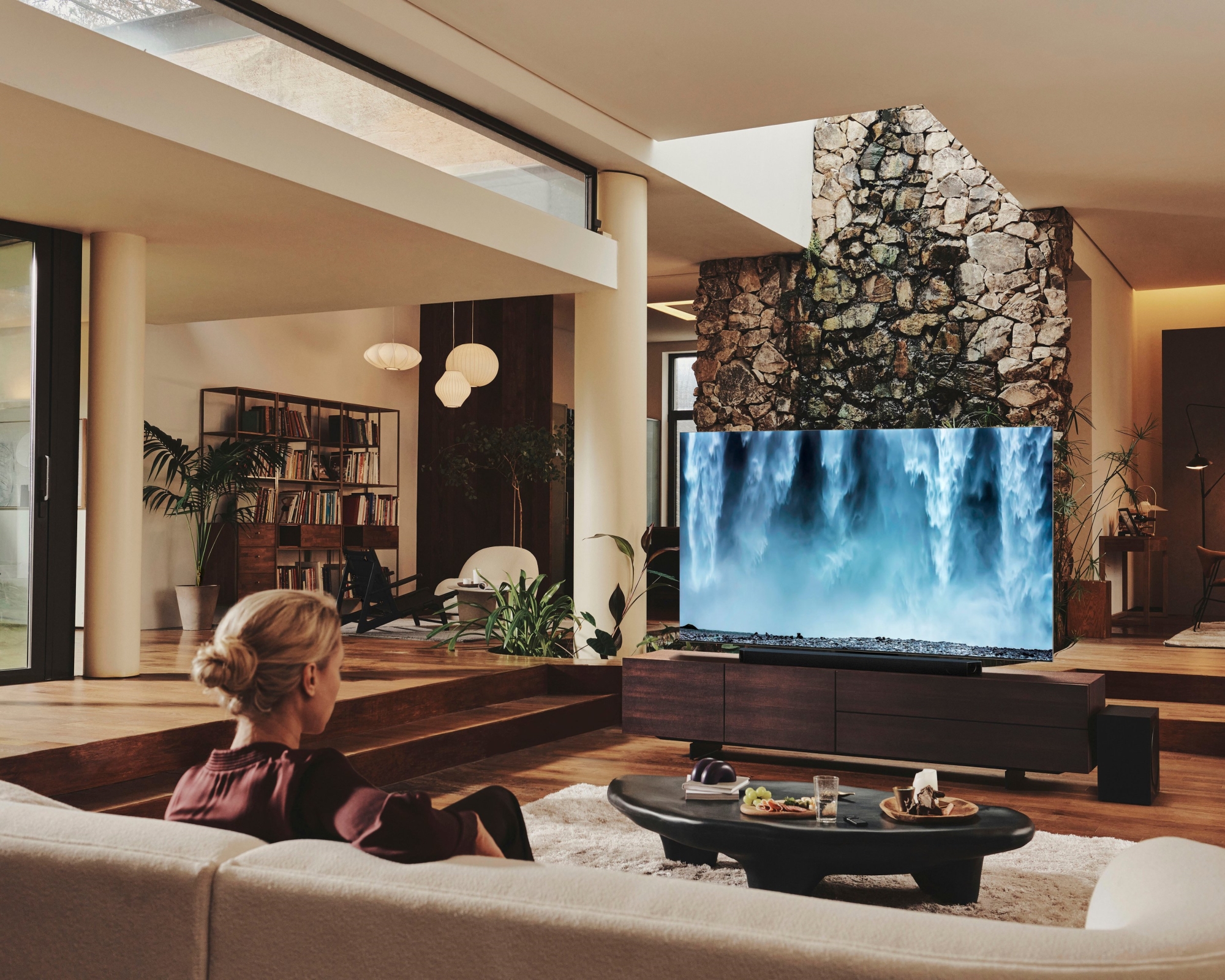
Viewing distance
Getting the viewing distance right for your TV is quite a bit easier than viewing angles, and you can quickly calculate the optimal position based on the size of your TV and its resolution. According to Sony, you will want to be sitting back 1.5x the vertical height of a 4K or 8K TV. This translates to:
- 55" - 3.28ft
- 65" - 3.94ft
- 75" - 4.60ft
- 85" - 5.25ft
And so on. For HD models, the recommendation is to sit back 3x the verticle height of your TV. The measurements above are only a recommendation, though, as the height of your TV may be slightly different than the average used for these calculations.

Is your TV multi-purpose?
For those who have their TV in a dedicated lounge space, the measures for viewing angles and distance are relatively simple, but what if you also want your TV to be visible from an open-plan kitchen or dining area? A large, multi-purpose space complicates the process, but finding the sweet spot is still possible.
If you spend the most time on one side of the kitchen, for example, try to place your seating adjacent (it's not so easy to switch the spot for your cooker and fridge!) and your TV on the opposite wall. You can also purchase an inexpensive TV mount that swivels, making it easy to reposition the TV when you're cooking and back again when you're ready for a cozy evening.
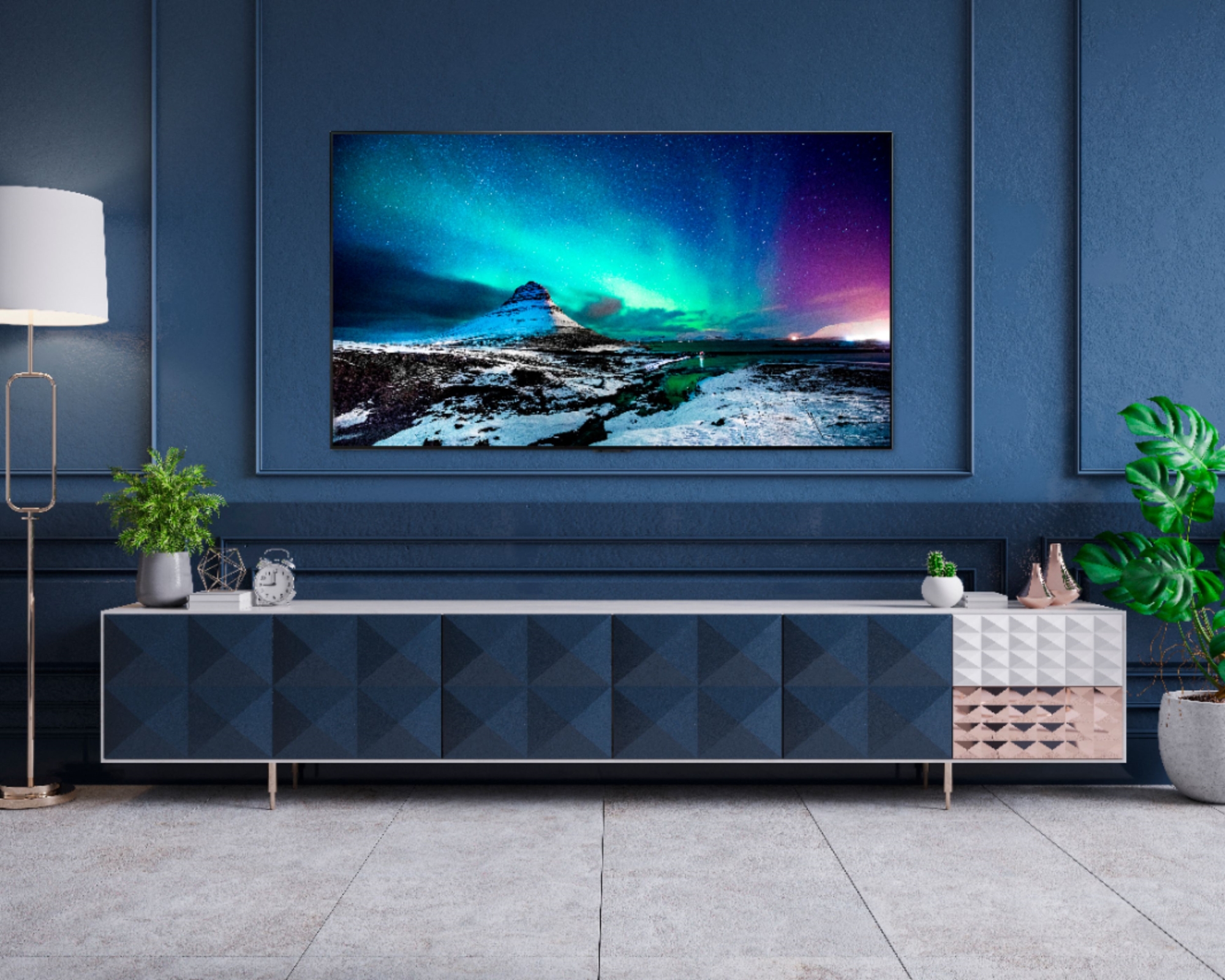
Check your TV's specs
Giving consumers the widest viewing angles possible is important to manufacturers, and so most brands now have televisions that add technology for this purpose. 'Art' TVs like Samsung's The Frame actually have matte finishes that pretty much eliminate screen glare, for example, and OLED TVs tend to offer better viewing angles than other technology.
If you're shopping for a new TV rather than trying to arrange a room, always check the promised viewing angles. If you're working with an existing set, do some research into what the manufacturer thinks should be possible for your model.
You can also play with the brightness, contrast, and backlight settings on your TV to better suit an awkward layout, but be aware that this may have the opposite effect of distorting the image for someone watching from head-on.
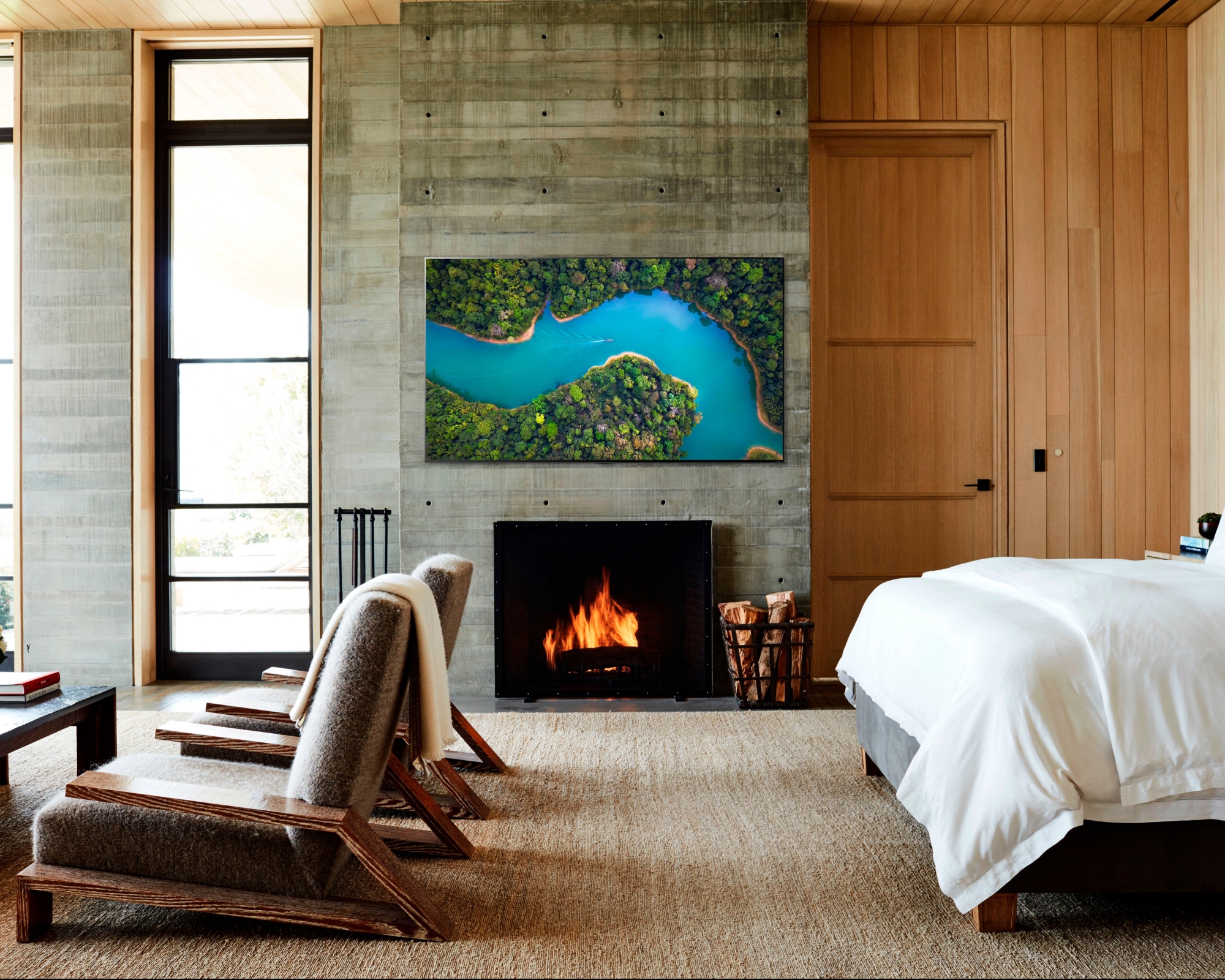
Don't be afraid to break the 'rules'
Awkward-shaped living room? It may come down to trial and error to see where your TV and furniture work best for everyone. The 'rules' of TV placement are there for guidance, but everyone's habits and environment are different.
Always check that your TV position is based on how you actually sit comfortably, for example, as it's no use measuring from an upright position in the bedroom when you tend to watch lying down. If you're able, test potential positions with various family members and friends, and find a compromise that works for everyone.
Be The First To Know
The Livingetc newsletters are your inside source for what’s shaping interiors now - and what’s next. Discover trend forecasts, smart style ideas, and curated shopping inspiration that brings design to life. Subscribe today and stay ahead of the curve.
Caroline was formerly smart home ecommerce editor for Livingetc, covering everything tech for the home, from smart speakers to air purifiers and everything in between. She is passionate about technology and smart devices and their role in daily life, enhancing the home without sacrificing personal style and carefully chosen interiors. In her spare time, she can be found tinkering with bulbs, soundbars, and video doorbells in an effort to automate every part of her small home. Previously, she lent her expertise to the likes of Expert Reviews, IT Pro, Coach, The Week, and more.
-
 The Easiest Way to Turn Your Designer Scarf Into Wall Art — No Frame, No Fuss, No Regrets
The Easiest Way to Turn Your Designer Scarf Into Wall Art — No Frame, No Fuss, No RegretsBecause silk this pretty should never stay in a drawer
By Julia Demer Published
-
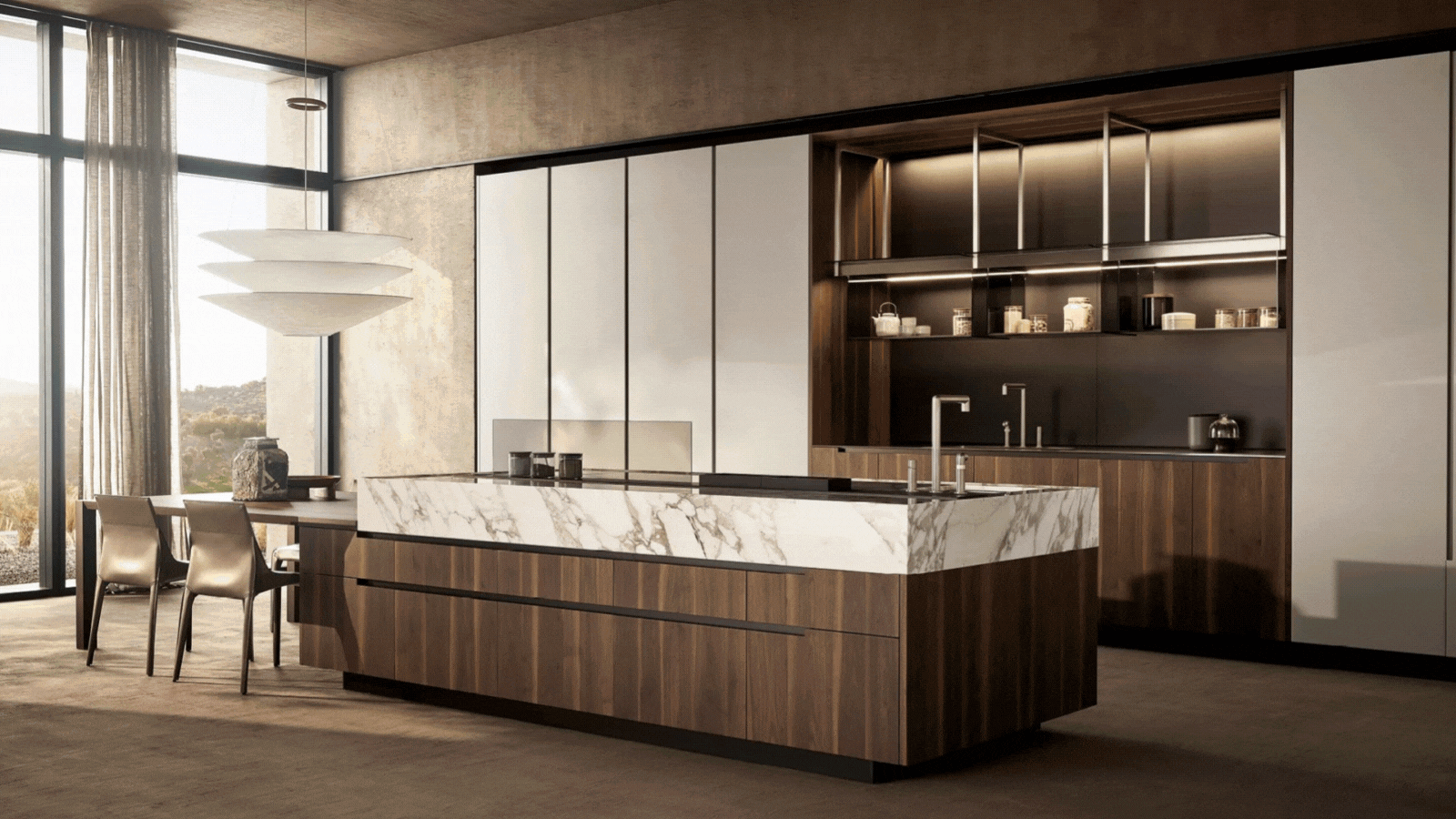 Italian Kitchen Trends — 5 Emerging Ideas From the Chicest Italian Designers That I Predict Will Go Global in 2025
Italian Kitchen Trends — 5 Emerging Ideas From the Chicest Italian Designers That I Predict Will Go Global in 2025Fresh from Milan Design Week, these are the exciting finishes, styles, and innovative materials I can't wait to see in more kitchens this year
By Faiza Saqib Published
-
 Reviewers Say These Hummingbird Camera Feeders Are the Best Ones Right Now — And They're All on Sale
Reviewers Say These Hummingbird Camera Feeders Are the Best Ones Right Now — And They're All on SaleI've spent ages reading all the reviews for smart hummingbird feeders so you don't have to... Here are the top-rated options
By Hugh Metcalf Published
-
 This Interior Stylist Has Picked the Most Aesthetic Home Tech Products of the Moment — 'No More Tech Eyesores!'
This Interior Stylist Has Picked the Most Aesthetic Home Tech Products of the Moment — 'No More Tech Eyesores!'If you think making your home smarter means filling it with ugly gadgets, think again. There's a growing number of pleasingly aesthetic choices out there, says this stylist
By Luke Arthur Wells Published
-
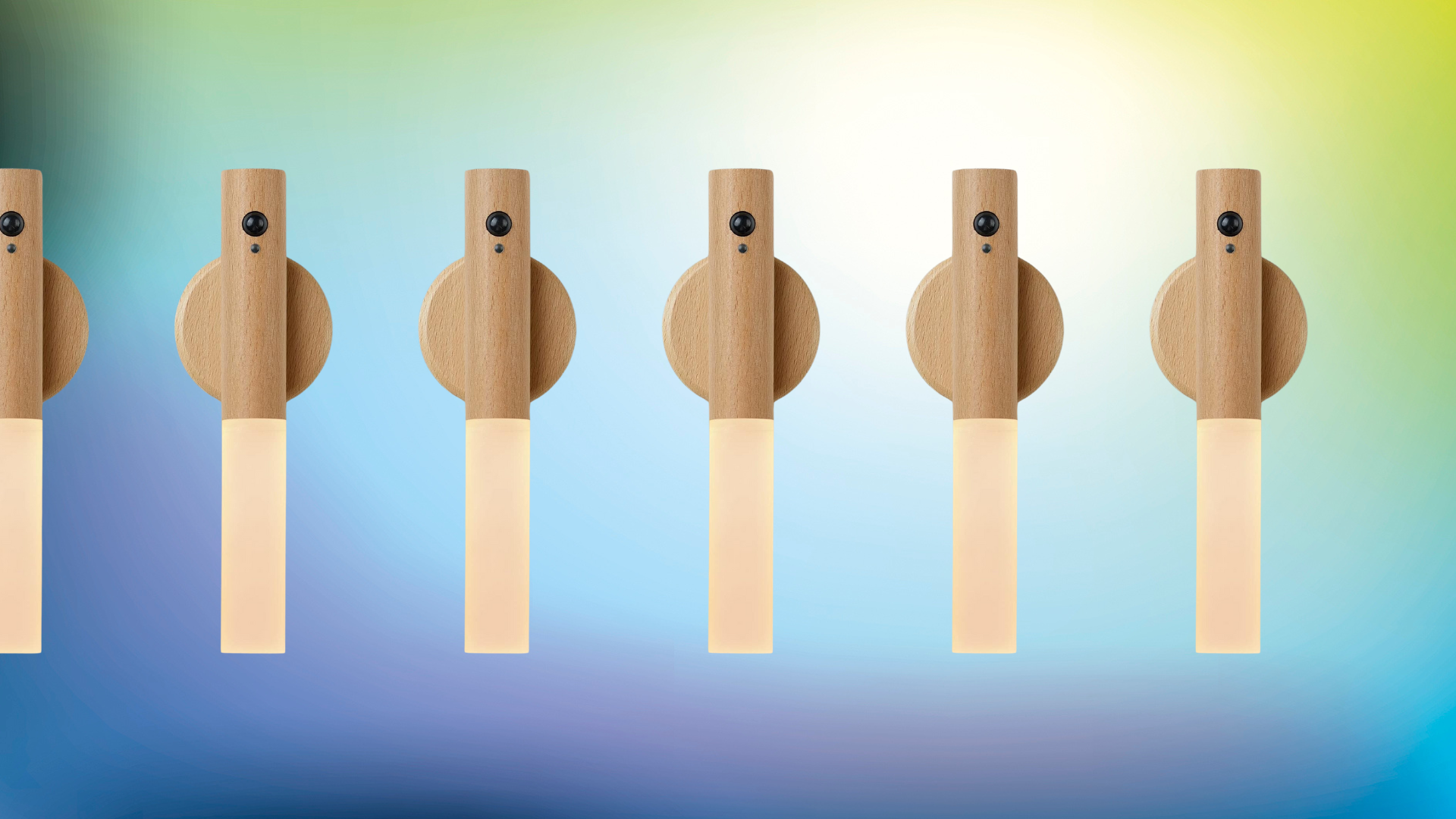 These Viral $40 Lights Make Your Home Easier to Live In — And They're Pretty Chic, Too
These Viral $40 Lights Make Your Home Easier to Live In — And They're Pretty Chic, TooThese Scandi-inspired wall sconces are the lighting solution you didn't know you needed. I'm so taken by them!
By Brigid Kennedy Published
-
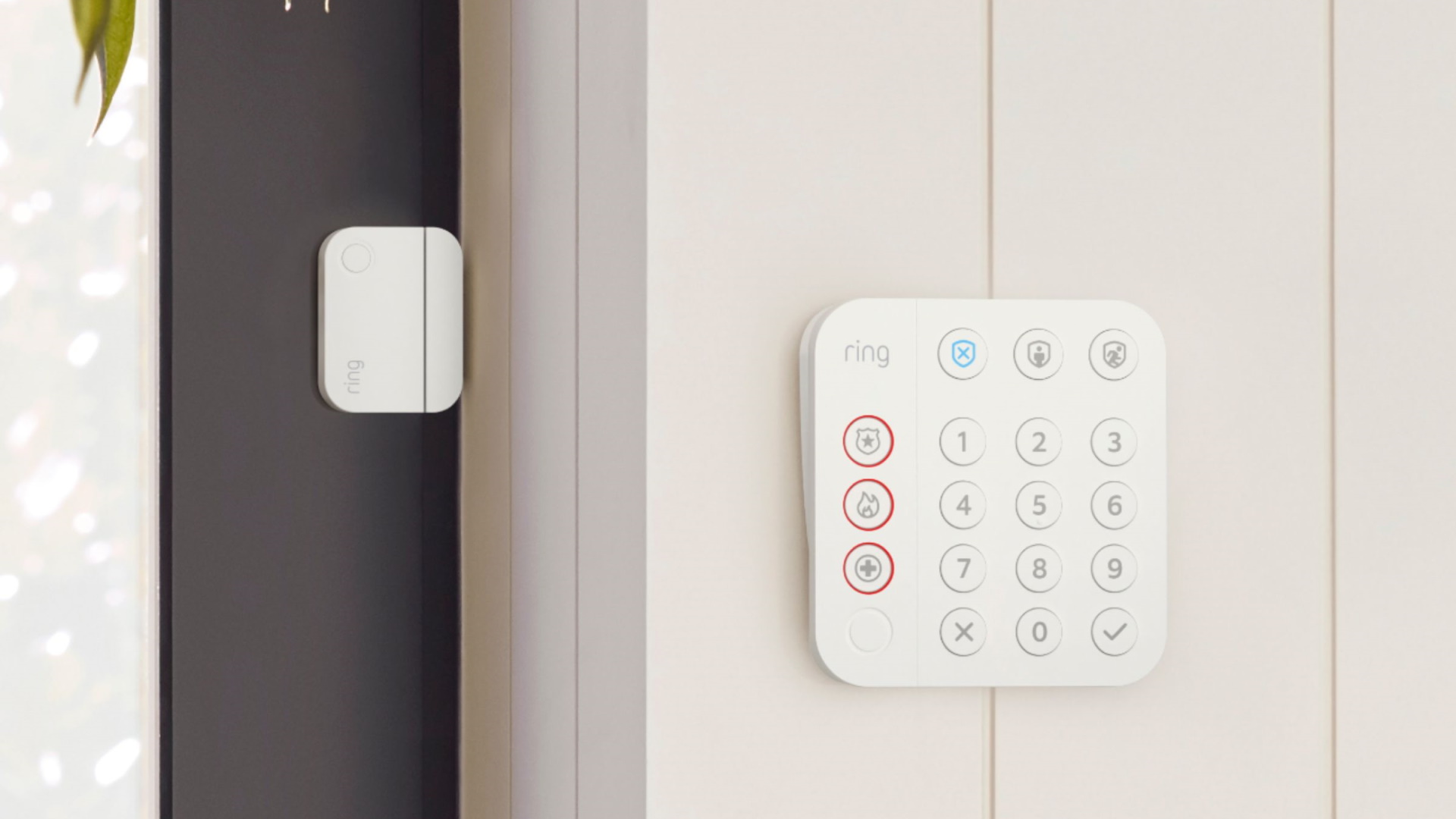 Ring Alarm System (2nd Gen) review: the brand's made-over kit is still a winner
Ring Alarm System (2nd Gen) review: the brand's made-over kit is still a winnerWe tested the Ring Alarm System 5-Piece Kit to see if it could make home security simpler for the average user, and how it may have improved on the first gen system.
By Caroline Preece Published
-
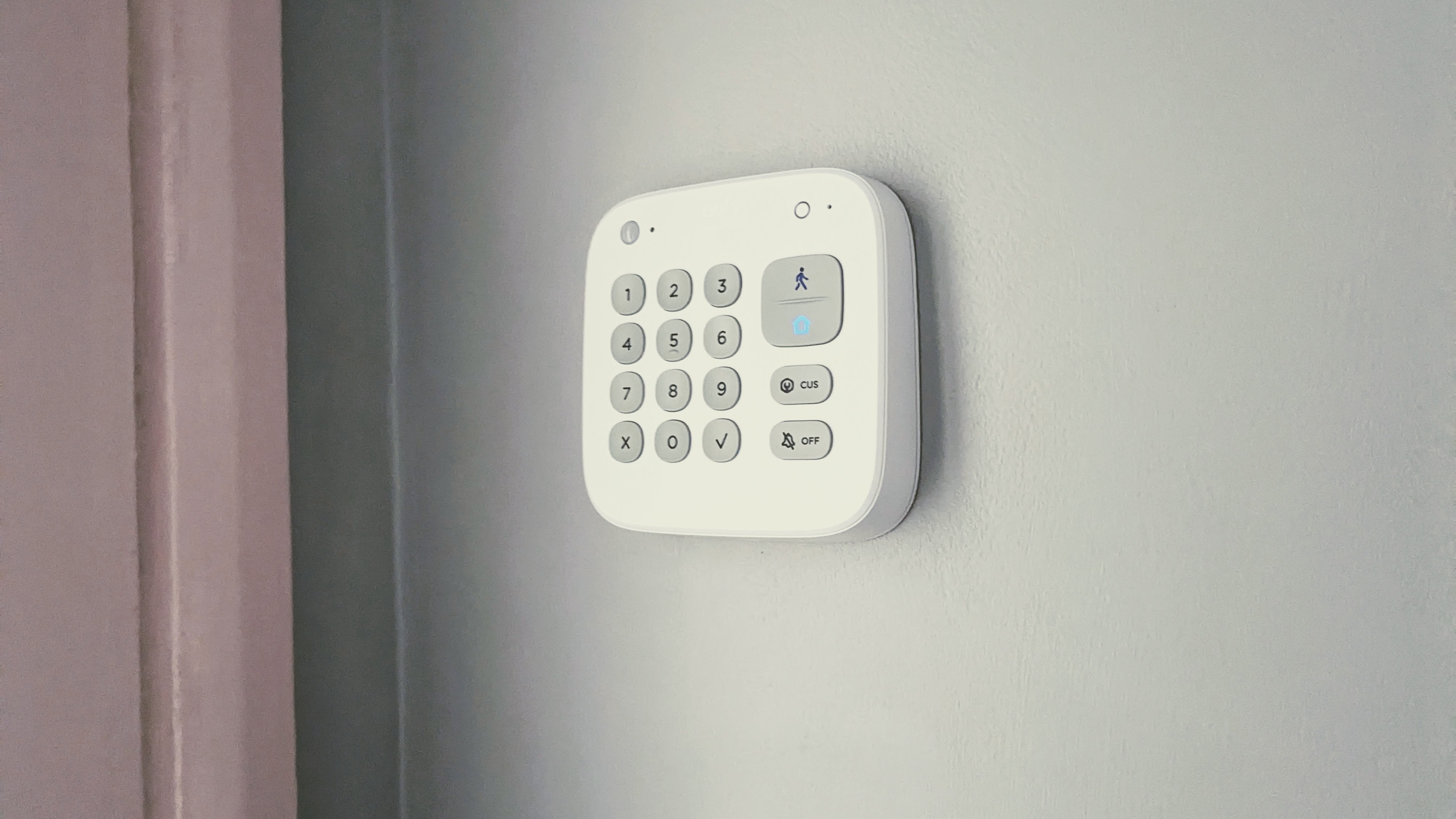 eufy Home Alarm Kit review: a simple but effective way to keep your home safe
eufy Home Alarm Kit review: a simple but effective way to keep your home safeThe eufy Home Alarm Kit has all of the basics on paper, but we wanted to test it out on our own home to see how easy it is to set up and use.
By Caroline Preece Published
-
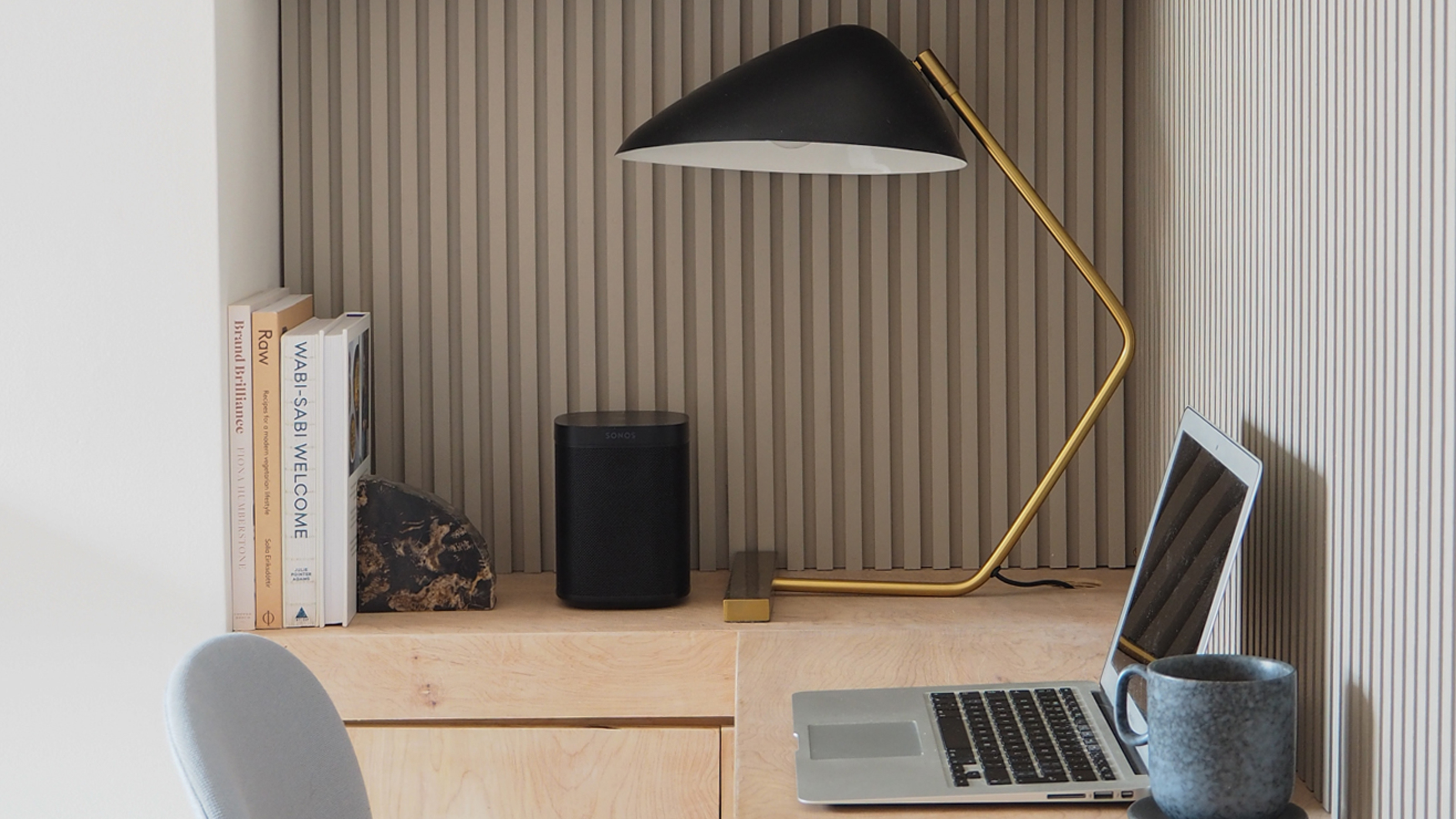 HomePod mini vs Sonos One: two high-end smart home hubs, but which is the better speaker?
HomePod mini vs Sonos One: two high-end smart home hubs, but which is the better speaker?We take a look at the HomePod mini and Sonos One, both of which sit at the higher end of the smart speaker market.
By Caroline Preece Published
-
 AirTags vs Tile: which Bluetooth tracker is best to help a case of constantly misplaced keys?
AirTags vs Tile: which Bluetooth tracker is best to help a case of constantly misplaced keys?If you're tired of losing your items, either around the house or outside, then Bluetooth trackers are a lifesaver - but which is best?
By Caroline Preece Published
-
 Sony WF-C500 vs Airpods: are the budget earbuds a worthy competitor to Apple?
Sony WF-C500 vs Airpods: are the budget earbuds a worthy competitor to Apple?Sony's affordable earbuds get the thumbs up from us, but how do their compare with Apple's AirPods?
By Caroline Preece Last updated